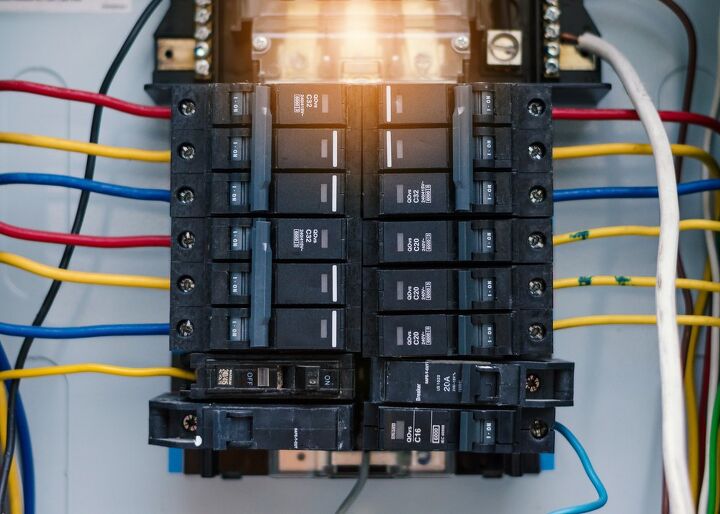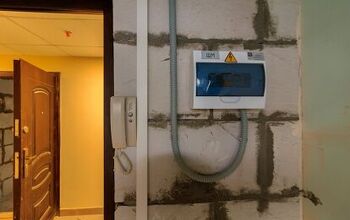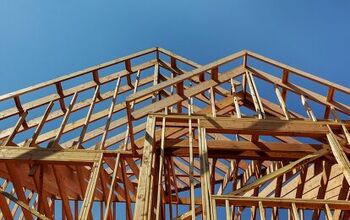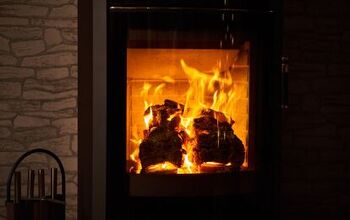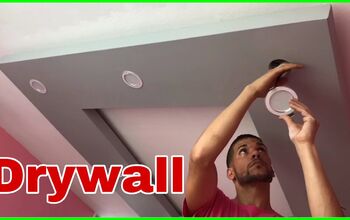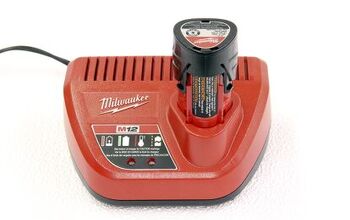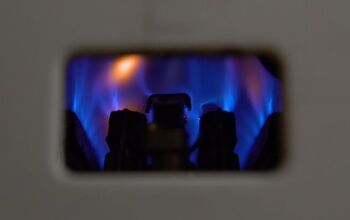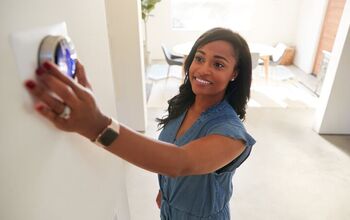Can Neutral And Ground Wires Be On The Same Bus Bar?

Many homeowners get confused about their electrical system when talking about neutrals and grounds. This confusion can lead to questions about how the circuit breaker box in your home is wired. Is it permissible to have the neutral wires and the ground wires in your home’s electrical system connected to the same bus bar in the electrical panel?
It is common practice to connect the neutral and ground wires to the same bus bar in the main disconnect panel of your electrical system. Ground and neutral wires should never share a bus bar in sub-panels in your system. Safety is the paramount issue in these requirements. An improperly wired electrical system can be a shock or electrocution hazard.
Every homeowner should have a basic understanding of the electrical system in their home. Knowing the location of the main disconnect panel and any sub-panels is important. Understanding the basic fundamentals of alternating current electrical delivery systems is a bonus that can help you keep your home safe and secure.
Do You Need Electricial Wiring or Panel Upgrade Services?
Get free, zero-commitment quotes from pro contractors near you.

Grounds, Neutrals, and Hot Wires
The typical residential wiring system that provides power to your lights, appliances, and other conveniences has three wires running together. These wires are termed hot, neutral, and ground. Each performs a specific and vital function in the electrical delivery system in your home. You may not routinely work on the electrical system in your home, but you should have a grasp of what makes up your electrical system.
Hot Wires
If you look inside one of the electrical boxes where an outlet lives, you should find 3 wires. One black, own white, and one green wire should be visible. There may be more than three wires, and some of them may be red or another color. Those extra wires are for another article.
The black wire is called the “hot” wire. The electricity for the circuit is delivered through the black wire throughout your house. We aren’t concerned with the hot wire in this article except that you should be careful when working around the black wire. Always make sure the circuit breaker serving the outlet is off before doing any repairs or additions.
Neutral Wires
Every electrical circuit has to be complete. The neutral wire is usually the white wire in your electrical circuit and serves as the return path for the electricity delivered by the hot or black wire. Neutral wires are not grounds and shouldn’t be considered as such. The neutral white wire is part of the complete electrical circuit in your home.
Ground Wires
The green wires are the ground wires protecting your electrical circuits, your home and your family. All electrical appliances and devices can malfunction and become a shock hazard.
The green ground wire carries the electrical current if a ground fault situation exists.
Under normal circumstances, the green wire will carry a dangerous ground fault back to the breaker box, causing the breaker to trip, protecting you from a possible electrical shock.
The Bus Bar Question
There are always questions about how the neutral and ground wire should be attached to the bus bar in a breaker box. This question really has two answers depending on whether you are wiring the main service entrance box or a sub-panel in your home.
Main Service Panel
The main service panel is the entry point for electrical service into your home. Typically, the main service panel includes a single breaker rated for the full electrical service in your home. This main disconnect usually rates at 100 or 200 amps for residential properties.
Connecting Neutrals and Grounds at the Main Service Panel
In most instances, neutrals and grounds are connected to the same bus bar at the main service panel. This requirement to only connect neutrals and ground wires together at the main service panel is referenced in the National Elec Code (NEC). This requirement first appeared in the 2008 version of the NEC
Most building and electrical codes call for the main service panel to connect to a metal ground rod per the building code requirements. This ground rod is designed to handle unusual pulses of electrical current such as a lightning strike.
Sub- Panel Connections
The NEC stipulates that neutral and ground wires be kept separate elsewhere in the home electrical system, including sub-pannels. This separation protects your home and your family from dangerous situations should a ground fault occur.
An inadvertent ground fault could result if the ground wire and neutral are on the same bus bar on a sub-panel. This situation could energize any metal parts of the electrical system and circuits and deliver a potentially serious shock.
How Does Alternating Current Work in Your Home Electrical System?
Electricity is delivered in two forms. First, we are all familiar with direct current, or DC, in batteries. Every battery has a positive (+) connection and a negative (-) connection. Electricity flows in one direction from the positive terminal to the negative terminal.
However, alternating current, or AC, is the form of electrical power used to deliver electricity to the end-user. There are several reasons that AC is the choice of electrical grids. Most of these reasons are based on efficiency and cost.
The Magic of AC Electricity
Alternating current doesn’t flow in just one direction like DC electrical current. Instead, AC current oscillates, moving first in one direction and then in the opposite direction. There must still be a complete circuit with a hot wire and a neutral wire to deliver the electricity.
AC current is more efficient for delivery over large-scale grids. The AC current can be boosted to very high voltages for transmission over long distances and then reduced back to the normal 120 volts in our homes.
In the United States and most of the world, alternating current is the de facto standard for electrical systems. The voltages delivered to homes and businesses may differ, but the basic technology remains the same.
My Electrical System Doesn’t Have Green Wires
If you live in an older home, the electrical wiring may not have a ground wire installed. This was not uncommon many years ago. There are still many homes in the US with this type of wiring. In most cases, the wiring is safe in your home if it is undisturbed.
However, if you make major modifications to the electrical system of your home, the local building authorities may require you to bring your entire electrical system into compliance with the current building code. This can be a major project to run new wire throughout your home and change all outlets to meet code.
Upgrading the electrical system in your home is not a bad idea if possible. The addition of a ground wire and a code-compliant main service panel will make your home safer.
Won’t GFCI circuit breakers Protect My Home from Ground Faults?
Certainly, GFCI breakers or outlets will provide additional protection for you and your home. However, GFCI circuit breakers and outlets won’t protect your electrical system from external surges of high voltage electricity like grounding.
Mist building codes and electrical codes now call for ground wire installations and GFCI circuit breakers or outlets under specific conditions. In areas where water and electrical outlets are near each other, most electrical codes call for GFCI circuit breakers.
It may seem redundant to have both types of protection in your home’s electrical system. However, each provides its own type of protection. In the end, the safety of you, your family, and your home is the biggest priority.
Do You Need Electricial Wiring or Panel Upgrade Services?
Get free, zero-commitment quotes from pro contractors near you.

Grounds and Neutrals – The Proper Place in the System
Grounds and neutrals in your electrical system perform important functions. Having them wired correctly ensures that the electrical system in your home works efficiently and safely. The electrical codes specify when and how the ground wires and neutral wires are connected in your system. A qualified and licensed electrician will know the codes and perform the installations correctly.

Dennis is a retired firefighter with an extensive background in construction, home improvement, and remodeling. He worked in the trades part-time while serving as an active firefighter. On his retirement, he started a remodeling and home repair business, which he ran for several years.
More by Dennis Howard



